
The best neuroscience stories of 2017
2017 has been a year of breakthrough neuroscience research, from finding a novel way for ‘locked-in’ patients to communicate, to brain implants that improve human memory. Here are our picks of the top news stories and some of our most popular articles this year.
1. Science in Focus: Using Light to Make Single Cells Self-Destruct
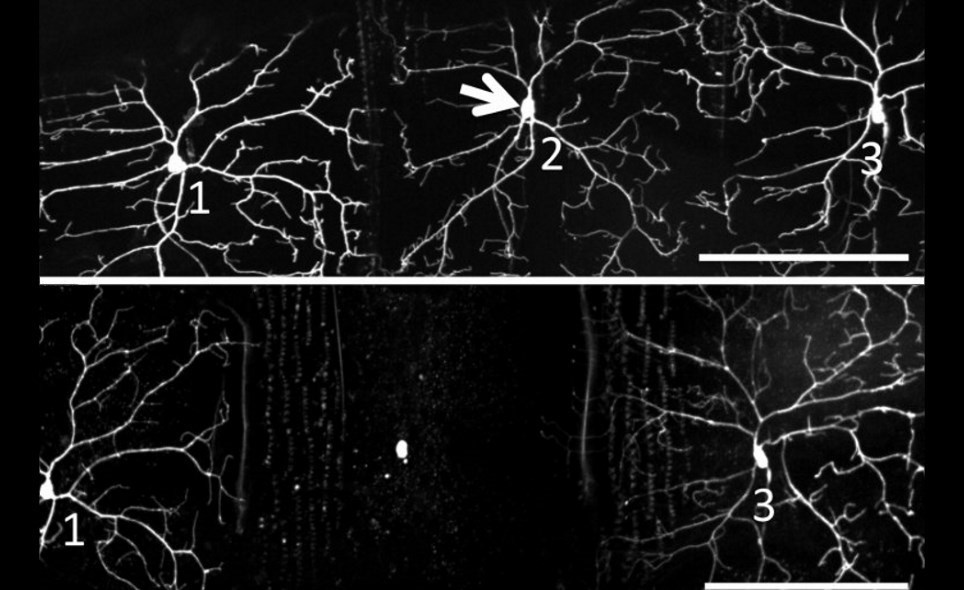
A new optogenetic tool, developed at UCSF, can permanently eliminate individual cells from brain networks in live animals. Many neurological disorders, like Parkinson’s Disease, are caused by the death of certain cells. This technique will allow researchers to study how the loss of specific cells and cell types affects the function of the brain.
Learn how
2. Completely 'locked-in' patients can communicate
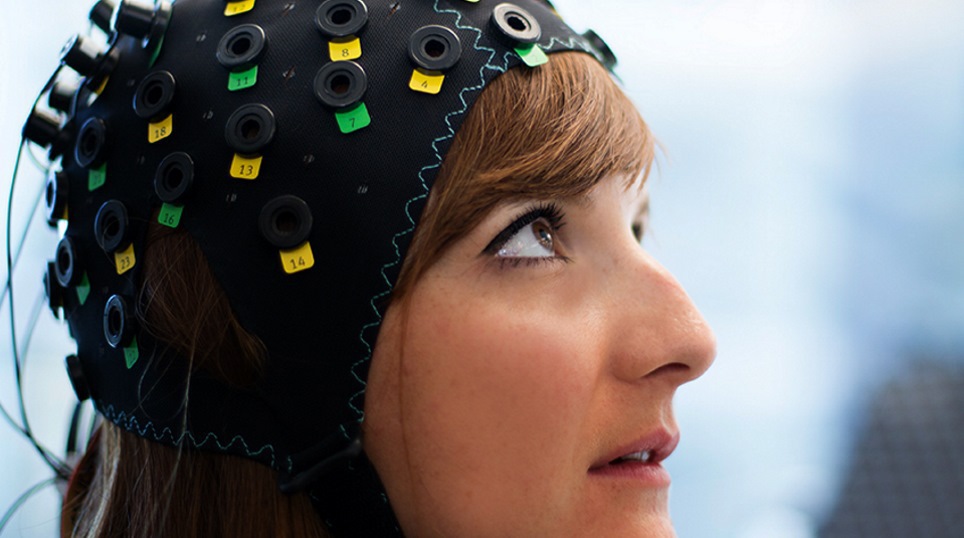
A brain-computer interface has been developed to read the thoughts of ‘locked-in’ patients who have no other way to communicate, enabling them to answer basic yes-or-no questions.
Find out more
3. #LabHacks: Tips for performing adult animal brain slicing for patch clamp recording experiments
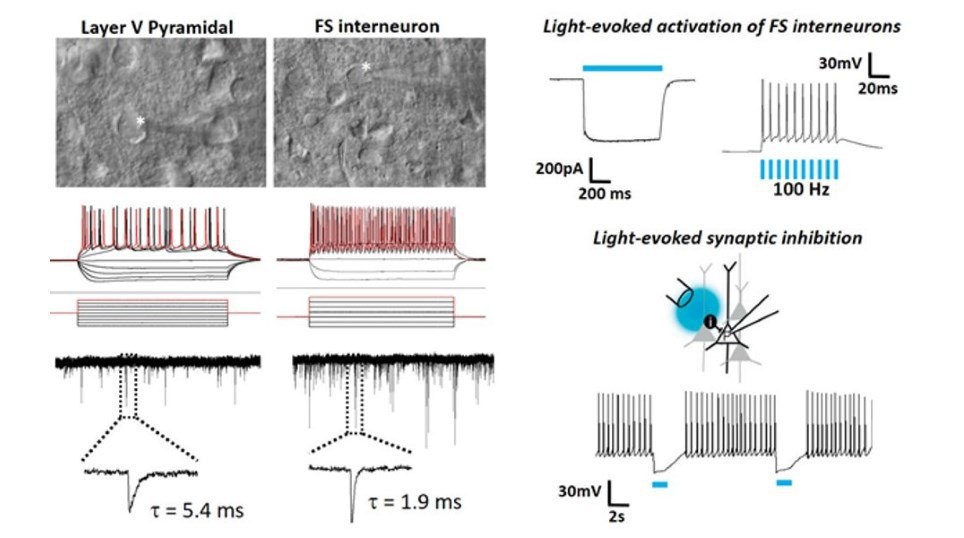
Preparing consistently healthy adult brain slices from mature adult animals for patch clamping experiments can be challenging. By following the tips in this article your adult brain slices will be better than ever, and you will be ready to tackle even the most difficult patch clamp experiments.
Slicing tips this way
4. Oxford student creates first synthetic retina
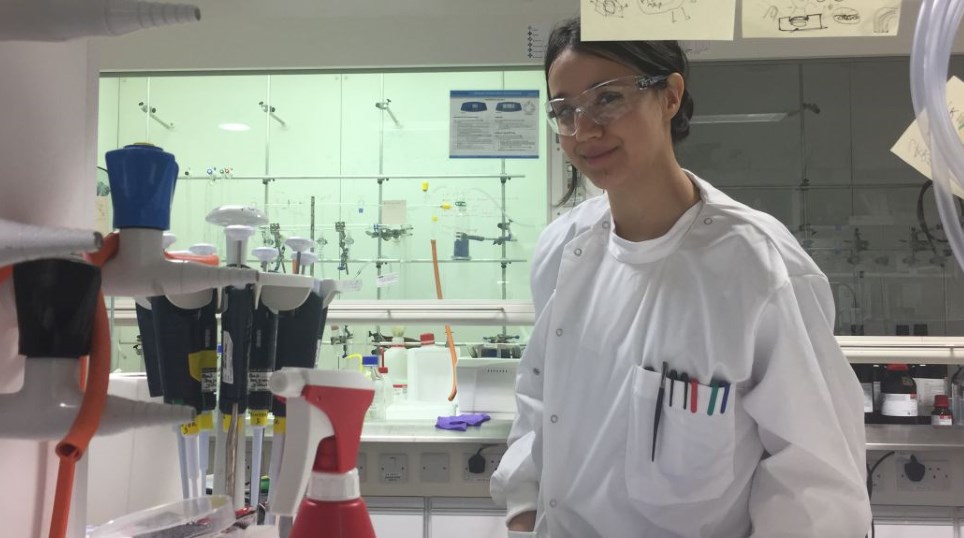
A 24-year-old PhD student from the University of Oxford developed a new synthetic, soft tissue retina that acts similarly to a digital camera with the hope of improving sight for the visually impaired. This is the first artificial retina not made of hard, rigid materials and can generate electric signals that may stimulate neurons at the back of the eye.
See more
5. High-speed whole-brain imaging improves understanding of brain disease in animals and humans
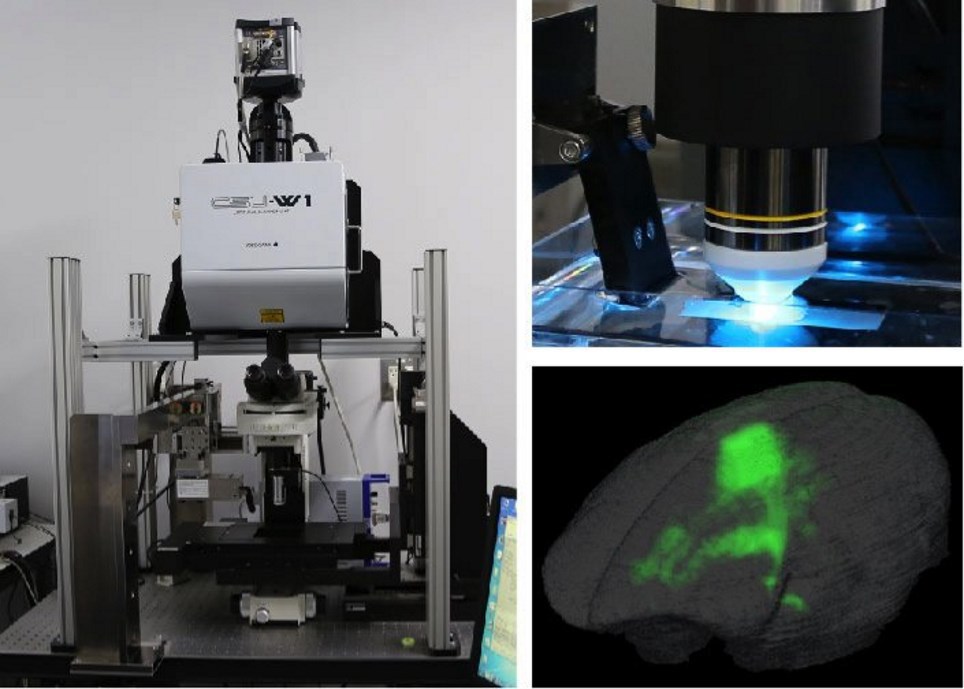
A high-speed imaging system, developed at Osaka University, can create a high-resolution 3D reconstruction of a whole mouse brain in less than two-and-a-half hours. The system is a combination of a spinning disk confocal microscope and a microslicer, with a method for processing the data. Previous serial sectioning microscopes took about a week to perform the same task.
Image faster
6. #LabHacks: Choosing the best opsin for your optogenetics experiments
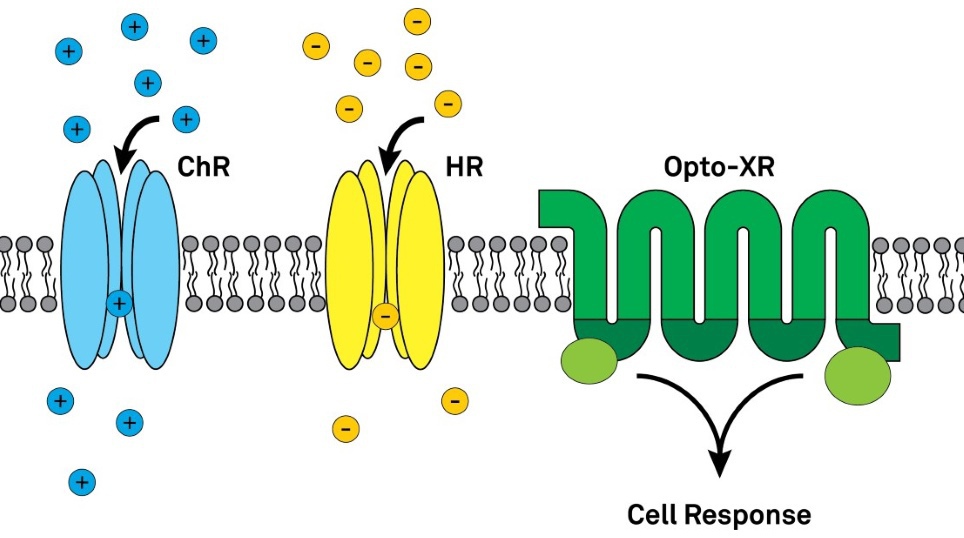
If you are in the process of designing optogenetics experiments, this article will give you a brief overview of the opsins that currently exist. It considers several trade-offs to keep in mind including ion conductance, peak activation wavelength, light sensitivity and kinetics.
Find your opsin
7. New Silicon Probes Record Activity of Hundreds of Neurons Simultaneously
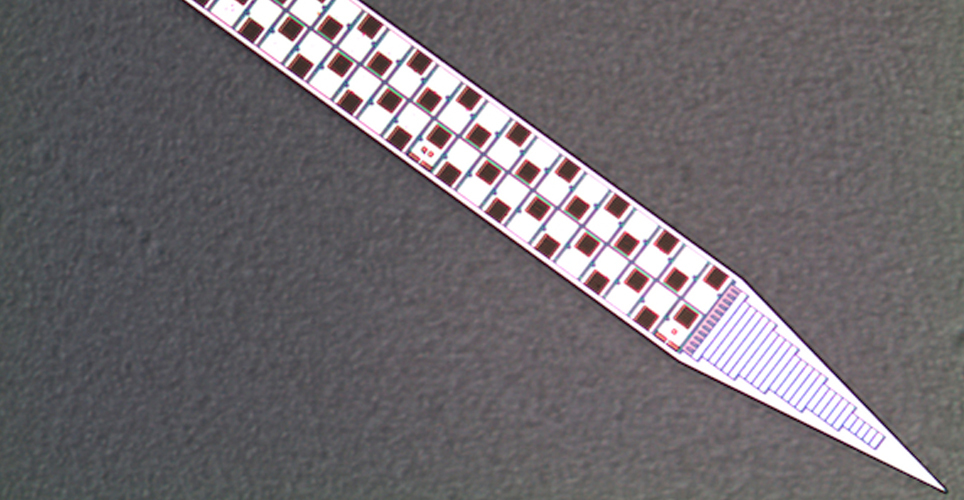
Scientists from HHMI’s Janelia Research Campus, the Allen Institute and University College London have worked with engineers at imec to develop new devices called Neuropixel probes, which are set to revolutionise neuroscience research.
Neuropixel probes are thinner than a human hair and as long as a mouse brain, with almost 1000 electrical sensors along their length. They can record activity from multiple regions of a rodent’s brain simultaneously, allowing researchers to see how different parts of the brain interact to give rise to cognition and behaviour.
Find out more
8. Structure of channelrhodopsin determined
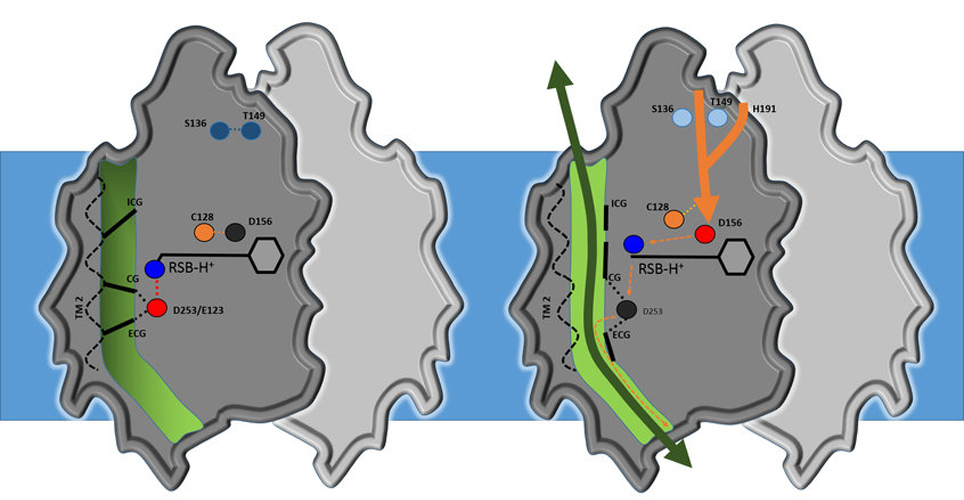
The structure of Channelrhodopsin 2, one of the most important light-sensitive proteins used in optogenetics, has been elucidated by scientists. It is hoped that now the high-resolution structure and the structural mechanism of this ion channel is known, new optogenetic tools for research into neurodegenerative disorders can be developed.
See the structure
9. For the First Time Ever, Scientists Boosted Human Memory with a Brain Implant
A brain implant which improves human memory has been created by Dong Song, a research associate professor at the University of Southern California. Song stimulated the brain using the devices electrodes in a pattern ideal for optimal memory performance, leading to an approximate 15% increase in short-term memory and 25% increase in working memory. Song explained “We are writing the neural code to enhance memory function. This has never been done before.”
Remember more
10. Behave yourself: Let your prefrontal cortex control your instincts
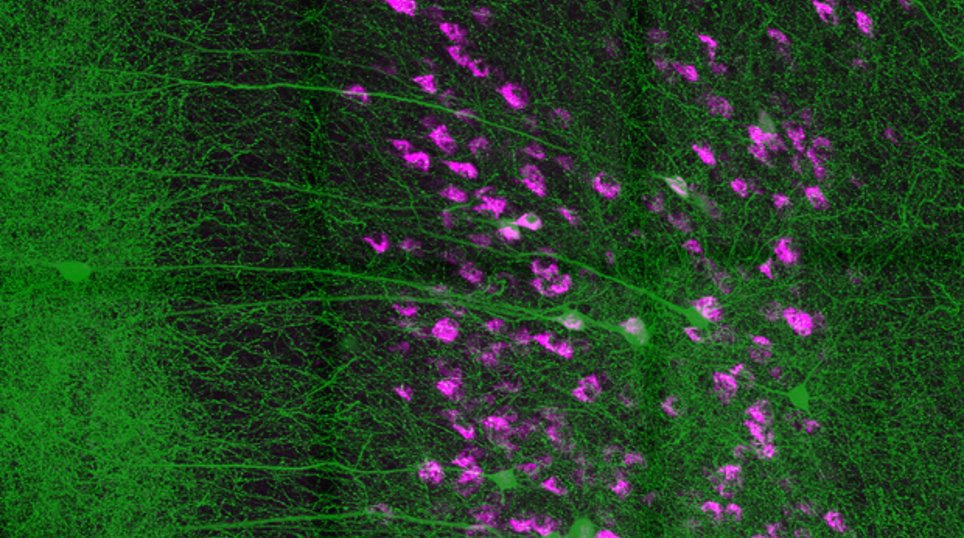
Being able to inhibit certain behaviours is an important aspect of the lives of a variety of social animals including humans, allowing us to maintain a functioning society.
Principal Investigator Dr Cornelius Gross, who led the work from the EMBL, explains “We need to be able to dynamically control our instinctive behaviours, depending on the situation.” But how do we do it?
Follow your instincts
We hope you’ve had a great 2017 and enjoyed reading our posts this year. We are looking forward to providing you with more news, advice and case studies in 2018.
If you have any suggestions of content that you would like to see in 2018, please email [email protected].

)